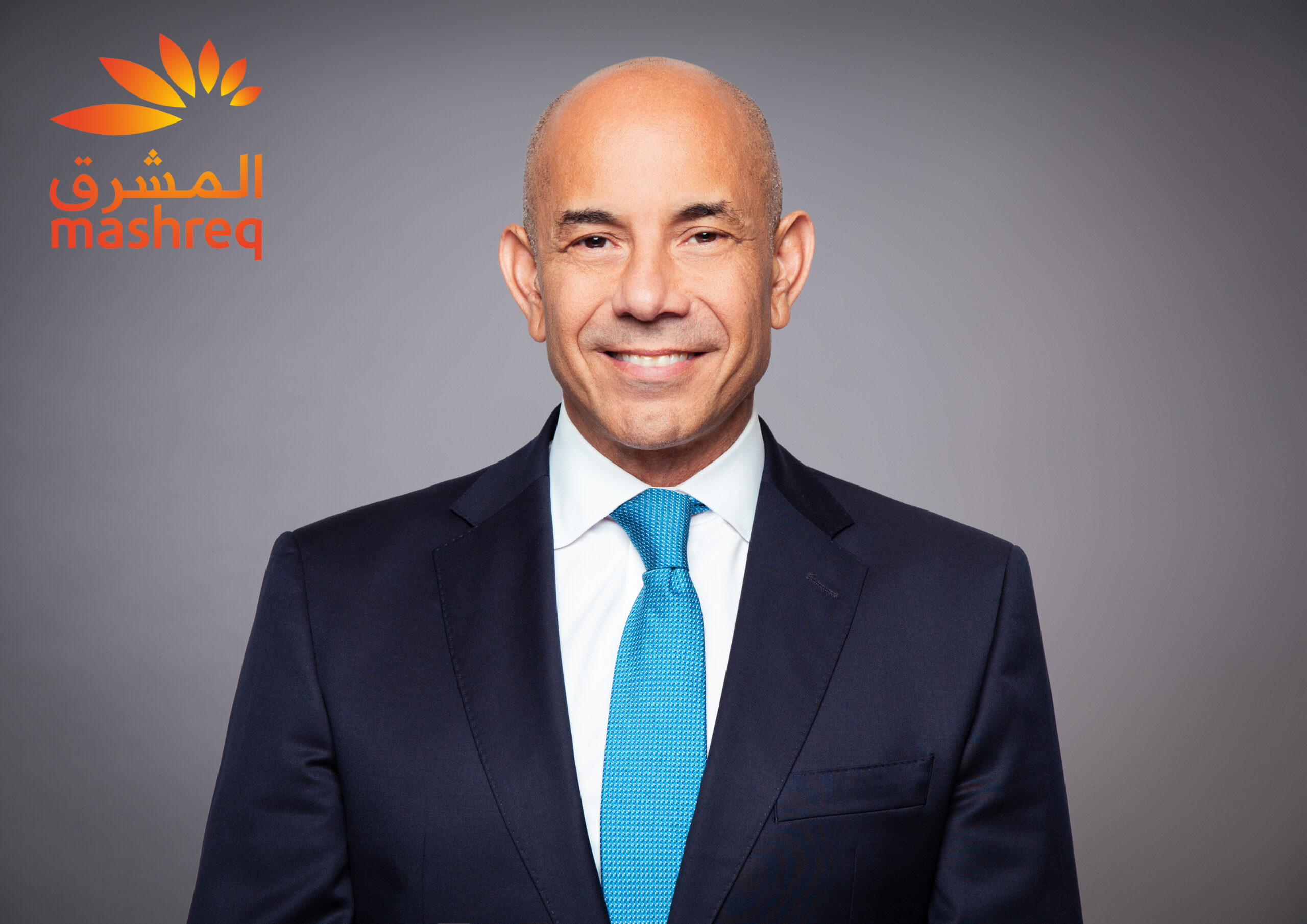Following the Mexican devaluation crisis of 1994 and the Asian crisis of 1997, the official sector (the IMF and the G-10 governments) became increasingly uncomfortable with the policy implications of bailing out private bondholders with public funds. The message went out in 1998 that bondholders and bank lenders should not expect to escape future sovereign debt crises without rescheduling their existing claims, lending new money or, when necessary, writing off part of the debt. This was hailed as the new international financial architecture.
Thanks for your interest in Euromoney!
To unlock this article:



